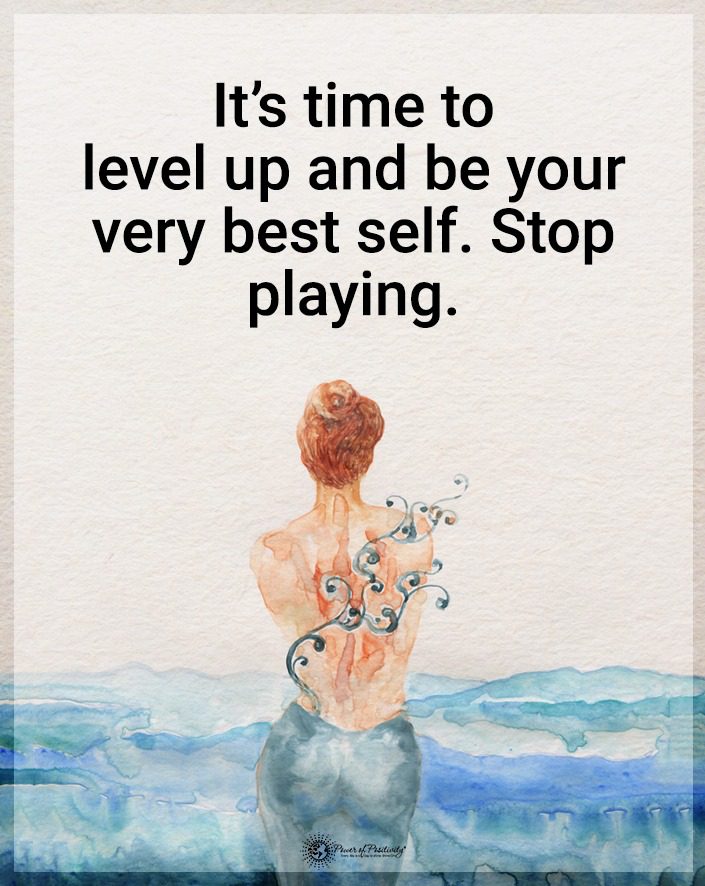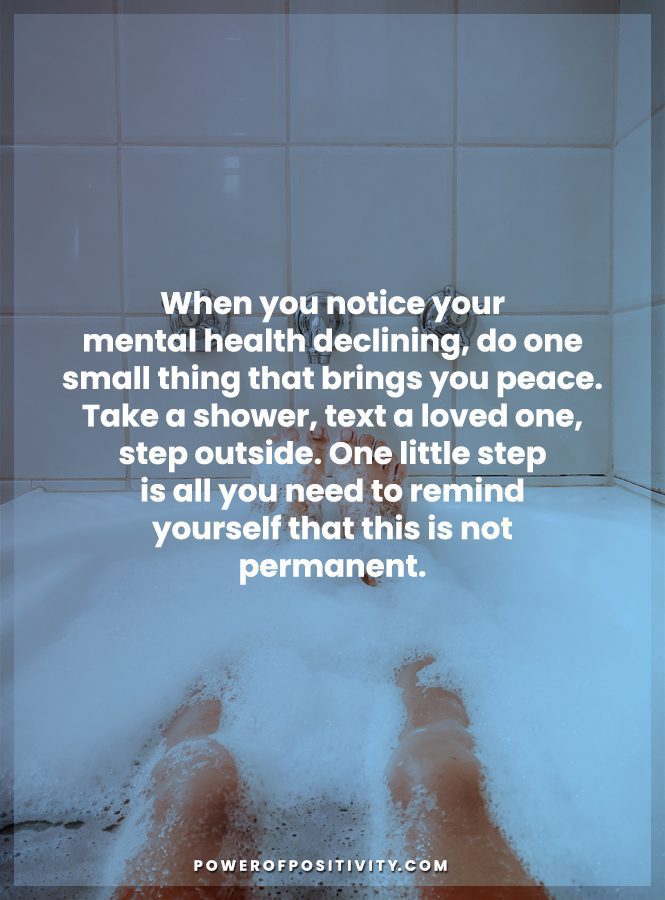The concern about climate change is not going away, but the ice in Greenland continues to. Multiple factors contribute to the melting and breaking apart of the ice sheet. So scientists continue to express concerns regarding the potential environmental impact in the coming future. On just one day in August of this year, climate change caused Greenland to lose 11 billion tons of ice. That was just the literal tip of the iceberg.
Understanding the cycle of ice sheets
From June through August, with July being the height, Greenland ice sheets melt annually. Typically the melting occurs around the edges of the layers. Furthermore, the loss is countered through fresh snowfall usually. This new snowfall isn’t only crucial to maintaining balance, but it also reflects the radiation from the sun’s rays. Old ice isn’t as shiny and reflective, so it absorbs the sun’s rays, resulting in eventual melting.
About 80% of the ice sheets should consist of this fresh snow sitting on top of the older ice. This older ice gradually becomes compressed into a glacier as its air pockets absorb more and more of the melted fresh snow each summer. This process helps to maintain the freezing of the ice. Plus, it prevents the runoff of water into the ocean.
2019 Greenland melting
This year, there wasn’t an abundance of snowfall in the winter. That lack of precipitation left much of the old ice exposed as summer approached. On average, melting points should only encompass about 10% of the ice sheet. Between the lack of snow and higher temperatures, this June, 45% of the ice sheets reached melting temperatures. The air temperature maintained about 10 – 15 degrees C above normal. And during one heat spell, the ice sheets lost nearly 80 billion tons of melt. This event exposed even more old ice, making the ice increasingly vulnerable to future heat waves.
Additionally, ice slabs formed over the old ice. These ice slabs have grown in size, blanketing large areas of Greenland. This meant that the air pockets couldn’t absorb any melting in the old ice. As a result, the melting water had nowhere else to go but toward the ocean after overflowing the rivers and creeks.
At the end of July and early August, 90% of Greenland was melting, dumping 55 billion tons of water and 10 billion tons of ice into the ocean over just those five days. 197 billion gallons of ice was lost to the sea from all of July according to a tweet from Ruth Rothram of Danish Meteorological Institute, as published in The Washington Post.
According to the Washington Post, on August 1st, 12.5 billion tons of ice were lost in one day. On August 15th, CNN reported an additional 11 billion tons of ice was lost.
Confirmation from the experts
A tweet from Xavier Fettwies, a climate researcher at the University of Liege in Belgium, claimed the melting amount for July/August hadn’t happened since the 1950s. Scientists didn’t expect to see Greenland in this state until between 2060-2080. The 2019 July melt off was near equivalent to the significant loss in 2012, which had resulted in a 97% melt off in a matter of 4 days in July.
According to the National Snow and Ice Data Center, the melt off had affected 28.3 million square kilometers of Greenland. Even the higher elevations, including the Summit Station, had experienced one day of melting. The net ice loss for 2019 was a little over 300 gigatons.
Climate change and Greenland warming and melting
Multiple shifts are being equated to Greenland ice sheets melting and climate change.
1 – Changes in the Jet Stream create longer stretches of warm weather.
According to National Geographic, over the last 20 years, the Arctic air temperatures have warmed by about 1.8 degrees C. Scientists believe this is altering the typical jet stream. Typically, the jet stream in the Northern Hemisphere is partly balanced by the difference in temperatures between the Arctic and the equator. This increase in air temperature is influencing the jet stream to remain in areas for more extended periods.
We get hot spells, cold spells, or rains that last a few days longer because the jet stream isn’t moving as quickly as it was. This shift includes the warming spells over Greenland. An atmospheric scientist, Jennifer Francis of Woods Hole Research Center, is quoted in National Geographic as stating: “They’re very clearly connected to the extra greenhouse gases in the atmosphere—they’re a very obvious symptom of climate change.”
2 – Methane released from melting ice
In addition to the already increased concern regarding greenhouse gases adding to climate change, studies are being performed regarding released methane from Greenland ice melting, as well as Iceland. The study in Iceland demonstrated about 40 tons of methane was being released a day, as opposed to Greenland, which released 6 metric tons in 2015.
Scientists theorize that methane is locked in the ice from microbes digesting carbon. Typically, this methane releases in small amounts in the summer months. With the recent mass melting occurring since 2000, scientists are discovering multiple pockets of methane seeping out in larger quantities.
Being able to study methane releasing from glaciers is relatively new, and scientists are uncertain what to expect from it. It is a factor they are certainly keeping their eye on.
3 – Melting ice due to climate change creating rising sea and ocean levels
According to NASA, rising sea levels can be related to two things, both of which are due to a warming planet:
- Melting glaciers and ice sheets
- Warming ocean causing the water to expand.
NASA and other organizations are keeping a close eye on rising sea levels and any variables that are contributing to it.
A research team from the Geophysical Institute at the University of Fairbanks Alaska developed another model using data from NASA’s Operation Icebridge airborne campaign. They ran the scenarios 500 times with changing variables dependent upon greenhouse gas emissions up to the year 3000. The results concluded:
- Without any reduction in emissions, the scientists predicted that the Greenland Ice sheet would melt entirely in 1000 years and contribute 17-23 feet to sea level.
- If emissions stabilize by the end of the century, then ice decrease will amount to 26-57% of total mass by 3000 and increase sea level by roughly 5 feet.
- If the emission significantly decreases, then ice loss will total 8-25%, and sea-level increases by 6 feet.
Consequences of rising sea levels
For as long as humanity has created villages, towns, and cities, being located close to a water source were crucial. We need water for drinking, sanitation, factories, and irrigation for farming. This is why our ancestors built our most populated cities near water.
With rising sea levels, these populations and the populations on islands, are at a substantial risk of being flooded out of their cities and homes. It will also create a considerable burden on agriculture, fishing industries, and factories.
Furthermore, an increase in sea level and water temperature changes weather patterns. Hurricanes and typhoons become more abundant and fiercer. This weather change, too, creates billions of dollars of infrastructure damage, loss of businesses, homes, loss of crops, and costs to ships and boats. It can also increase disease and illnesses from overpopulation in areas ill-equipped to handle it.
Final Thoughts on the Impact of Climate Change
Climate change is here. Whether excessive human-created greenhouse gases cause it, the Earth’s natural cycles, or a bit of both, doesn’t change the fact that its consequences on a planet with 8 billion people can be devastating. We know that greenhouse gases are a contributing factor and that decreasing greenhouse gases can reduce the speed and severity of the effects of climate change.
We’ve seen that climate change can cause Greenland to lose 11 billion tons of ice in one day, and that isn’t even the worst of it. How can we shake our heads, ignore that changes are happening, and not make responsible choices to prevent them? Our options don’t need to be extreme. However, they need to be conscientious of future repercussions.
















